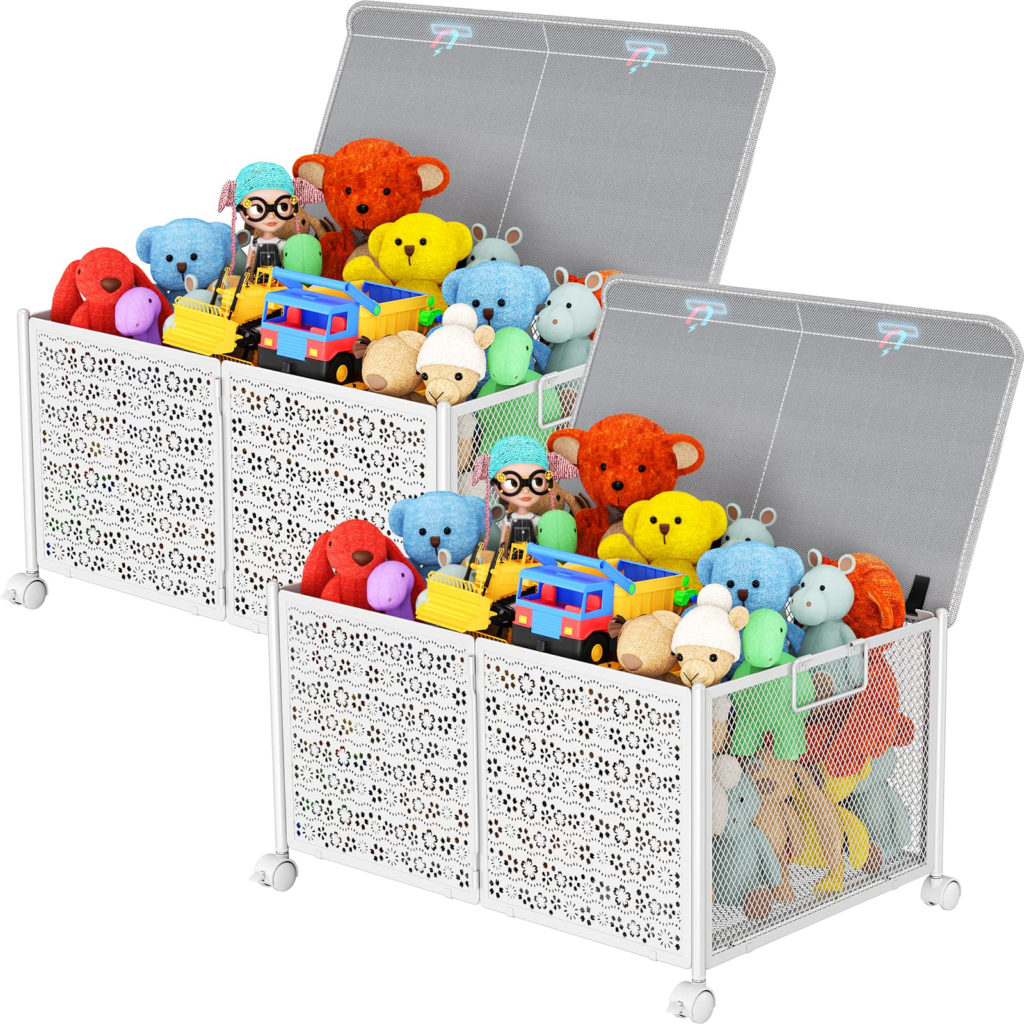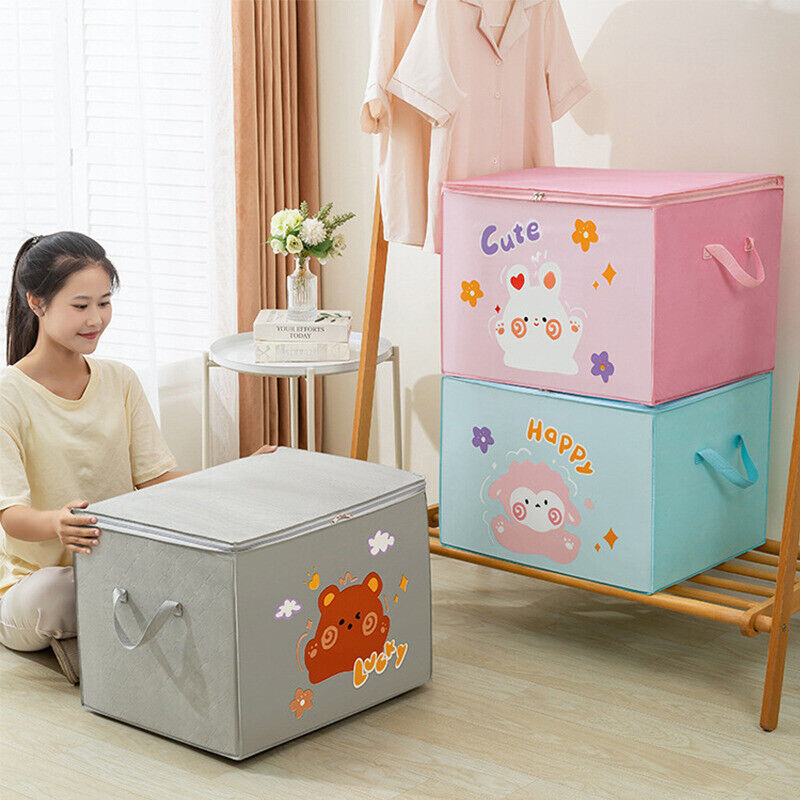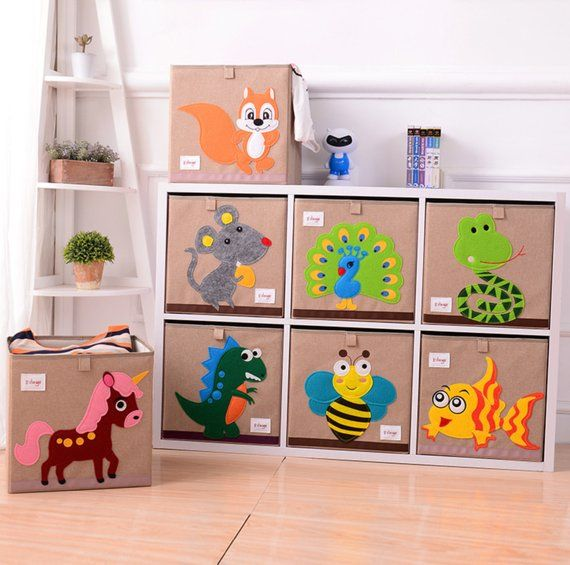Are you tired of tripping over scattered toys or struggling to find space for them? In this article, I’ll delve into the essential considerations for determining the ideal size for your toy box. Say goodbye to clutter and hello to organized playtime!
When it comes to selecting the right size for a toy box, there isn’t a one-size-fits-all solution. However, a good rule of thumb is to ensure that the toy box is spacious enough to accommodate your child’s current toy collection while allowing room for future additions. The size of the toy box should be proportional to the available space in the room and the number and size of toys.




Keep reading to explore practical tips and insights for selecting the perfect size for your toy box.
1: Consider the Room Size
Before choosing a toy box, assess the dimensions of the room where it will be placed. Measure the available space to determine the maximum dimensions the toy box can have without overwhelming the room. Opt for a toy box that fits comfortably within the designated area, allowing for easy access to toys without obstructing walkways or other furniture.
2: Assess Toy Collection
Take inventory of your child’s toy collection to gauge the amount of storage space needed. Consider the variety of toys, their sizes, and how they can be organized within the toy box. If your child has a diverse range of toys, including bulky items like stuffed animals or large playsets, opt for a spacious toy box with ample room to accommodate them all.
3: Plan for Growth
Choose a toy box with room for growth to accommodate future additions to your child’s toy collection. Children’s interests evolve over time, and new toys are often acquired through gifts or purchases. Selecting a larger toy box than currently needed allows for flexibility and prevents the need for frequent replacements as the toy collection expands.
4: Accessibility and Safety
Ensure that the chosen toy box is easily accessible to your child, allowing them to independently retrieve and return toys. Consider features such as a lightweight lid or open-top design for effortless access. Additionally, prioritize safety by selecting a toy box with rounded edges and sturdy construction to prevent accidents during playtime.
5: Versatility and Functionality
Opt for a toy box that offers versatility and functionality beyond simple storage. Look for features such as removable dividers, built-in compartments, or stackable design options to customize the organization of toys based on your child’s preferences. A multi-functional toy box can adapt to changing storage needs and enhance the efficiency of toy organization.
6: Visual Appeal
Choose a toy box that complements the aesthetic of the room and reflects your child’s personality. Select from a variety of colors, designs, and materials to find a toy box that adds visual appeal to the space while maintaining its functionality. Consider options such as themed toy boxes or personalized designs to make storage fun and engaging for your child.
By considering factors such as room size, toy collection, future growth, accessibility, versatility, and visual appeal, you can determine the perfect size for your toy box. Invest in a well-designed and appropriately sized toy box to promote organization, safety, and enjoyment during playtime. With the right toy storage solution, you can create a clutter-free environment that fosters creativity and imagination.

-2.jpg)




